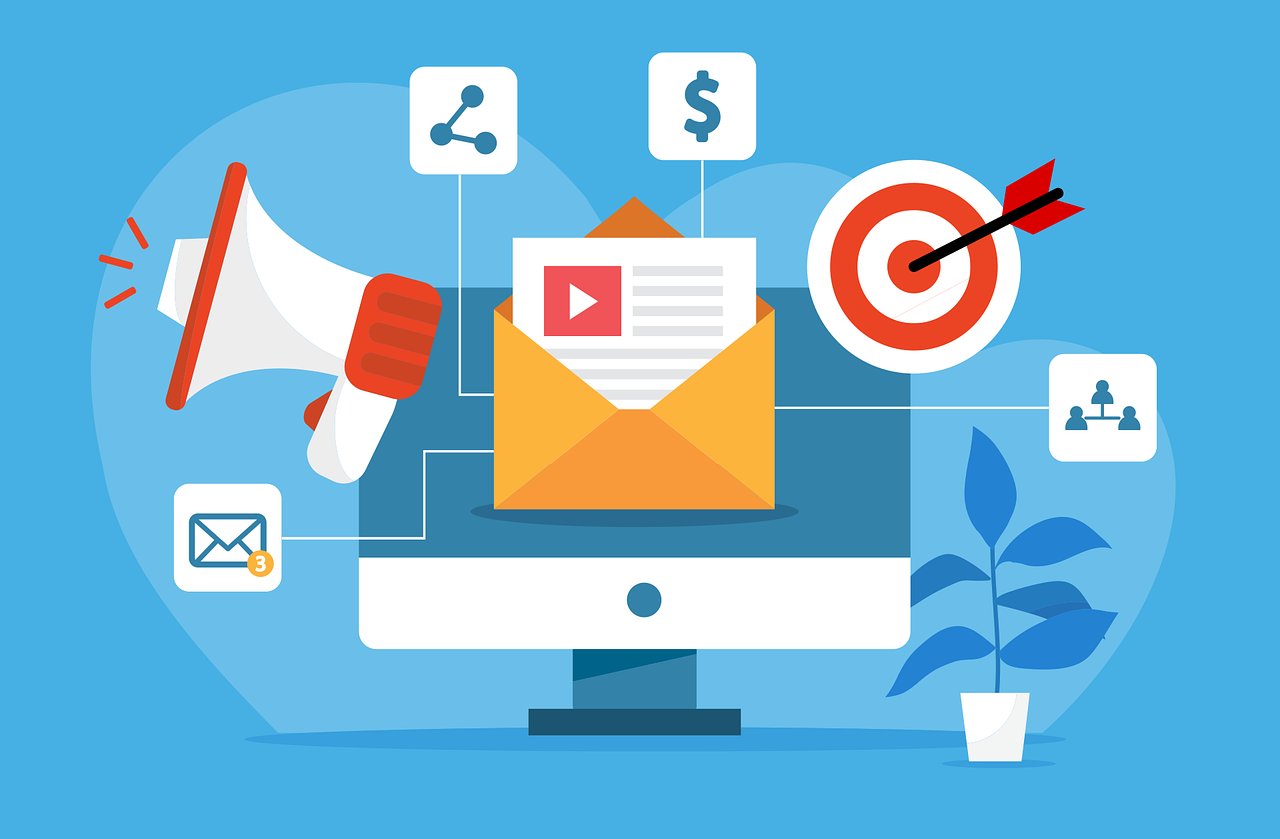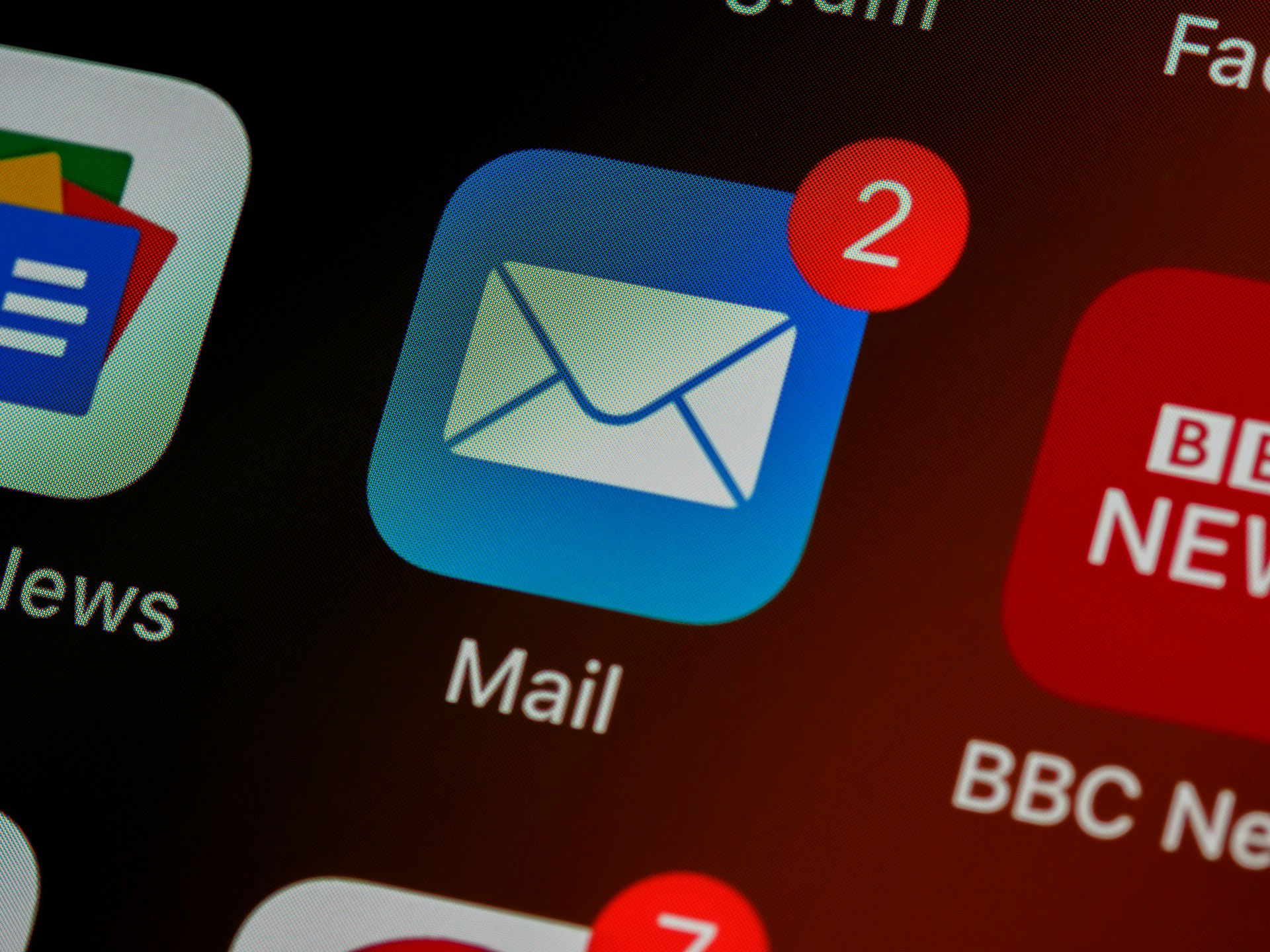What is email marketing?
Email marketing is a form of promotion where a business sends emails to its customers to advertise a products or services.
Email marketing in Kenya is still developing and if executed correctly it generates more sales and revenue. It has a high potential and it’s relatively cheaper and easier to execute than other methods of marketing. Eg, google ads.
NB: Email marketing shouldn’t be done using a personal Gmail account since it could easily be flagged as spam and deleted. Therefore it’s best done from a professional email account eg sales@yourdomain.com
If you are looking for assistance with emails marketing, hit my inbox 📬 we discuss the rates and start recovering those abandoned carts and attracting more sales😁
Table of Contents
What you need to start email marketing in Kenya
- Domain name
- Email subscriber to send emails to
- An email marketing software
- Product or content to promote



How to start email marketing in Kenya
1. Define Your Goals
What do you want email marketing to achieve?
Do you want more website traffic, increased sales, or better brand awareness?
2. Choose an Email Marketing Service
Select a service that fits your needs and budget.
Popular options include Mailchimp, Constant Contact, Sendinblue, and ConvertKit.
Most have free plans to get you started.
Here’s a detailed article on the best email marketing service providers for Kenyan businesses.
3. Build Your Email List
Offer an incentive: Give people a reason to subscribe (e.g., a discount, a free guide, or exclusive content).
Add signup forms: Place these forms on your website, blog, and social media profiles.
REMEMBERE TO Be transparent: Explain how you’ll use their email and let them know they can unsubscribe easily.
Here’s a detailed article on how to gain more email subscribers in Kenya.
4. Segment Your List
Divide your subscribers into groups based on interests, location, or behavior. This allows you to send more targeted emails.
5. Design Your First Email
Keep it clean and simple. People scan, not read thoroughly, preferably text based without unnecessary images. Have Compelling subject line: This is key to getting your emails opened.
Strong call to action: Tell people clearly what you want them to do (click a link, buy a product, etc.).
6. Test, Send, and Track
Test on different devices – Make sure your emails look great everywhere.
Track metrics: Open rates, click-through rates, and unsubscribes tell you what’s working and what’s not.
Other important elements to consider in email marketing
- Get consent : Always have people opt-in to your list; never buy email lists.
- Respect privacy: Abide by data protection laws (like GDPR), and clearly state your privacy policy.
- Add option to unsubscribe: This is a requirement for all email marketing campaigns, they should have an unsubscribe link that allows customers to opt out from receiving the emails.
Benefits of Email Marketing for Kenyan Businesses
How often do you check your emails compared to any other app? Those are how many times you could be reminding your customers about your products.
1. You own your audience
Unlike social media algorithms, you fully control your email list. Build a loyal audience over time.
2. Recover sales
It’s used in ecommerce sites to recover abandoned cart and guide customer to completing the purchase.
3. You develop a personalized Connection
Emails let you talk directly to your individual customers, from offers tailored to their interests to friendly follow-ups.
4. High ROI
You’ll be amazed at how much you can achieve with email marketing at a low cost.
5. Works at Every Stage of marketing
Whether you want to attract new customers, nurture leads, or boost repeat sales, email’s got you covered.
6. Relatively easy to start
You don’t need technical expertise to create and send emails. Many email services have user-friendly tools.
7. Builds brand awareness
Regular emails keep your business top-of-mind with customers.
8. Boosts website traffic
Use emails to drive people to your website, blog, or landing pages.
9. Perfect for timely updates
Share new product launches, sales, or important company news quickly and effectively.
10. Customer Retention
Keep your existing customers coming back through loyalty programs, personalized offers, and by sharing valuable content.
11. Upselling & Cross-selling
Suggest additional products or services to existing customers based on their past purchases or interests.
12. Customer Feedback
Use email surveys to gain insights into customer satisfaction, which helps you improve products or services.

